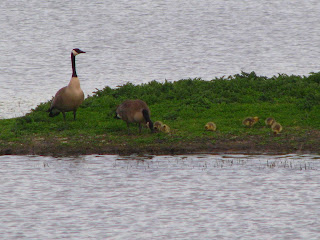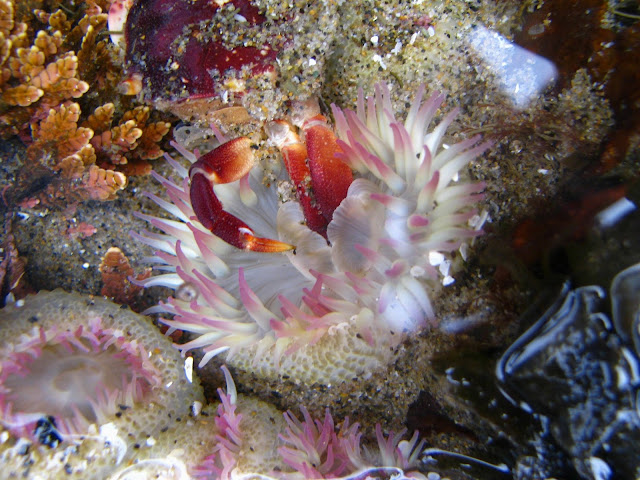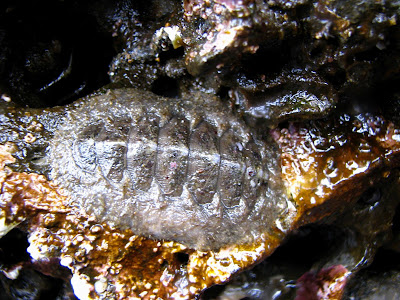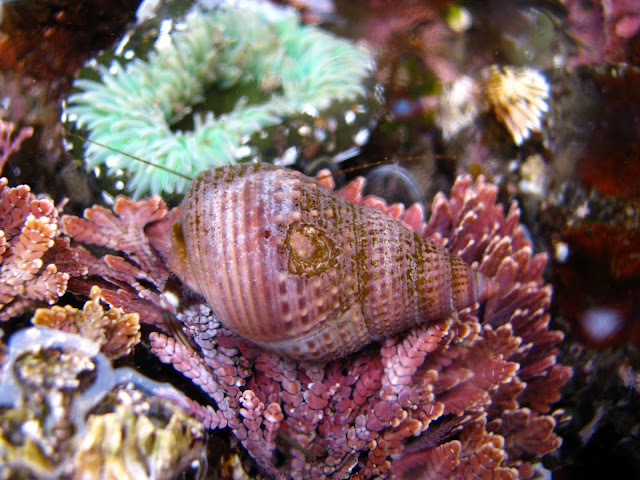
 Just south of Salem a bit is the Ankeny National Wildlife Refuge (NWR) which is one of three areas that comprise the Willamette Valley NWR Complex. The most important thing is that there are oaks here. This seems to be a factor in the IWantToMoveToOregon urge. Western Washington is oak deprived. See truck relative to oak size? Mhmmmmm.
Just south of Salem a bit is the Ankeny National Wildlife Refuge (NWR) which is one of three areas that comprise the Willamette Valley NWR Complex. The most important thing is that there are oaks here. This seems to be a factor in the IWantToMoveToOregon urge. Western Washington is oak deprived. See truck relative to oak size? Mhmmmmm.The NWR complex 'provides protection for historically abundant oak savannah, native prairie, riparian forest and wetland habitats.' So a nice mix of habitats, but I was most interested in the wetland part.
I went in late afternoon to increase my bird sighting chances, and I have the feeling I'll be spending many evenings there in the new two months. The trail started through some boggy riparian forest where I found a massively abundant display of a saxifrage called Fringecup (Tellima grandflora).
 The flowers begin as a pale green white and as they age turn pink. Saxifrages always have interesting flowers, and this one definitely lives up to its name with its forked petals.
The flowers begin as a pale green white and as they age turn pink. Saxifrages always have interesting flowers, and this one definitely lives up to its name with its forked petals. Oregon white oak (Querus garryana) I think, and some lovely Common hawthorn(Cratagues monogyna) which is a naturalized European species.
Oregon white oak (Querus garryana) I think, and some lovely Common hawthorn(Cratagues monogyna) which is a naturalized European species.Who wouldn't want to live somewhere like this?

 Scattered around the refuge there are observation blinds to hang out in and wait for birds to grace you with their presence.
Scattered around the refuge there are observation blinds to hang out in and wait for birds to grace you with their presence. 
 I found a new Trillium! Not just a different morph, a totally different one. Granted I'm 100% sure this a bit of a mutant. But even so its obviously not T. ovatum. My educated guess is that it's T. albidum or T. chloropetalum; another fact I learned is that Trilliums, which I never thought of having common names, are called Wakerobins. Since its a mutant whose petals and sepals are all mixed up and has an extra leaf, its not a type specimen and thus a little difficult to key.
I found a new Trillium! Not just a different morph, a totally different one. Granted I'm 100% sure this a bit of a mutant. But even so its obviously not T. ovatum. My educated guess is that it's T. albidum or T. chloropetalum; another fact I learned is that Trilliums, which I never thought of having common names, are called Wakerobins. Since its a mutant whose petals and sepals are all mixed up and has an extra leaf, its not a type specimen and thus a little difficult to key. They're glorious!!!
 Willow fuzz poofing off the catkins, flying through the air, deceiving your motion-sensor peripheral vision into thinking there are insects to chase...
Willow fuzz poofing off the catkins, flying through the air, deceiving your motion-sensor peripheral vision into thinking there are insects to chase...And of course a mushroom. Mushrooms aren't that intriguing right now, but they're around.
A nice little Marsh Wren (Cistothorus palustris) made noise for a while until I accidentally made a noise.
I guess if you're a beetle then flowering grass is a pretty romantic place to cop a feel. Your guess is as good as (or better than) mine as to the lupine species.

Magnificent burnt orange fuzzy wuzzy caterpillar!

Aren't you glad you aren't a pollinator on pale flowers? Last summer I saw these spiders wreaking havoc on butterflies, but if you're a lurk-and-lunge predator you can probably do some damage to less benign prey. Like say a honey bee.
I saw a rail! Without even trying! A Virginia rail (Rallus limicola) has a weird low call that sounds like someone punched a frog. That's my story and I'm sticking to it.
Downy or Hairy woodpecker, the distribution says no Downys here but it has the right markings... Hairy is the only other one that has a plain white back, so there you go.
The snag above was covered in these little guys, I'm going with Tree Swallow (Tachyineta bicolor). They flitted all over the place, and the only place they seemed to land for more than a few seconds was out on that dead tree.
 Here's pretty typical red-wing black bird. Another new fact; California red-wings don't have that yellow stripe, just plain old red and black. Hmmmm
Here's pretty typical red-wing black bird. Another new fact; California red-wings don't have that yellow stripe, just plain old red and black. Hmmmm
Here's another mystery plant for you. It was in one spot along the road so I'm guessing its exotic, up to 3ft high.
Initially I thought she was just sitting on her nest. Nope, she had at least six goslings stuffed under her wings. Way to go mom! There were two sets of goslings on this little tiny island, as well as a nest that no one was sitting on.
Earlier in the day I watched a Bald eagle chasing another bald eagle. There were at least three out there at some point.
I'd like to think of this last picture (Great Blue Heron) as an impressionist piece.
Have a silly Tuesday.


































































